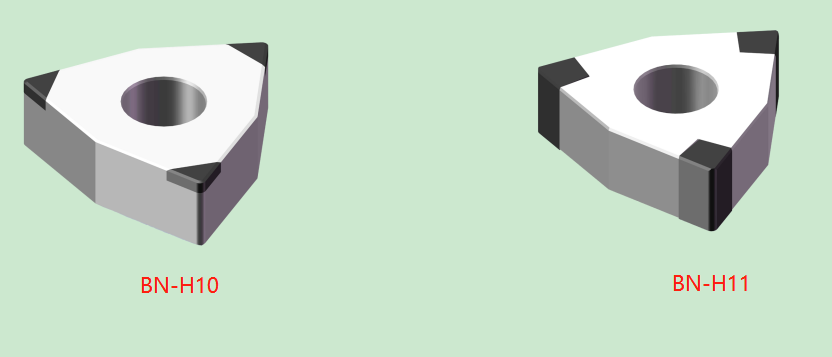Processing technology of synchronizer sliding sleeve
(1) Production of blanks: formed by forging;
(2) Rough machining process: rough machining the outer circle, end face, and inner hole stop of the synchronizer sliding sleeve to meet the drawing requirements;
(3) Spline key: Process the sliding sleeve through a broaching machine to obtain the required dimensions in the drawing;
(4) Precision machining process: precision machining synchronizer sliding sleeve outer circle, ring groove and other parts to meet the size requirements;
(5) Squeeze the inverted cone;
(6) Fine drawing of small diameter: obtaining the required dimensional accuracy in the drawing;
(7) CNC chamfering: chamfering the sharp corners of internal splines;
(8) Deburring;
(9) Fine drawing spline: obtaining the required dimensional accuracy in the drawing;
(10) Processing of outer circular side ring groove and straight table;
(11) Heat treatment process: to achieve high performance requirements for the synchronizer sliding sleeve;
(12) Sandblasting;
(13) Round calibration;
(14) Precision turning ring groove: ensuring product dimensional accuracy and surface smoothness requirements;
(15) Assembly.
Tool selection for synchronizer sliding sleeve machining
The hardness of the forged synchronizer sliding sleeve is low, and hard alloy tools are used to process the outer circle, end face, inner hole, and other parts. The hardness of the synchronizer sliding sleeve after heat treatment is around HRC60. During the cutting process, a large amount of cutting heat is generated, which requires high hardness and deformation of the tool. There are also certain requirements for the impact toughness of the cutting tool, so it is more reasonable to choose CBN tools, Ensure the dimensional accuracy and surface finish requirements of the product
For the synchronizer sliding sleeve after heat treatment, Hualing Superhard recommends CBN tools BN-H10 and BN-H11 for machining, mainly used for small margin precision machining processes. The cutting parameters are as follows
Insert material | Recommended cutting parameters | Processing material |
| Cutting speed VC(m/min) | Cutting Depth ap (mm) | Feed Rate Fr(mm/r) |
|
BN-H10,BN-H11 | 60-250 | ≤1 | 0.05-0.35 | Synchronizer sliding sleeve after heat treatment |
The BN-H10 brand of Halnn superhard CBN tool has good seismic resistance, and even with slightly lower machine rigidity, it can produce high surface finish. When the machine tool has good rigidity, choosing BN-H11 brand is more economical with more cutting edges, which can achieve long tool life and high product quality.

Halnn Superhard has 12 inserts models for customers to choose from. Before machining the synchronizer sleeve, try to communicate with Halnn Superhard Tool Engineers. Halnn Superhard Tool Engineers will provide reasonable cutting parameters based on factors such as machine rigidity to avoid abnormal phenomena such as blade breakage